Discover Sham Shui Po: shopping, art, cafés and more
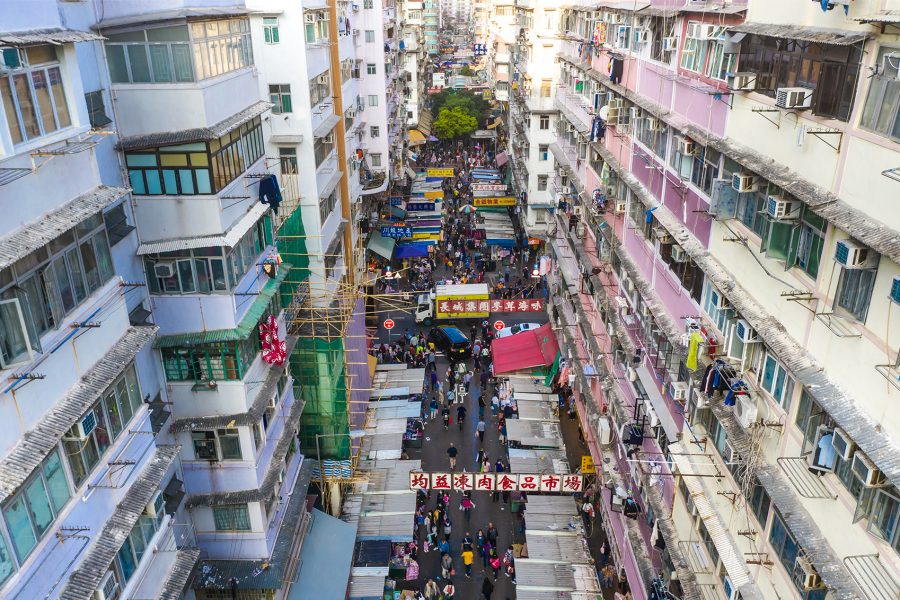
Liam Fitzpatrick only lived in the Sham Shui Po police station for a couple of years, but it was a time that forever shaped his feelings about Hong Kong.
“My father was the resident police inspector, so we occupied the top floor of the station, which was built in 1924,” he says. “There was a lot of poverty and struggle, but what I saw was vivacious Cantonese colour: the shop fronts, the street markets, the noodle stalls and the hawkers. The Chinatowns in Hollywood B movies come nowhere near to being this good. Sham Shui Po is my spiritual home, in a way. It made me.”
Things have changed in the decades since then. Sham Shui Po has become a multicultural mosaic home to people from the Chinese mainland, South Asia and Africa. There are trendy cafés and designer boutiques. “It’s cleaned up enormously,” says Fitzpatrick. But the markets are still there, along with the ebullient street life – “all the energy and shabbiness and colour of old Kowloon,” as he puts it. And that combination of the old-fashioned and the avant-garde makes it one of the most alluring – and quintessential – neighbourhoods in Hong Kong.
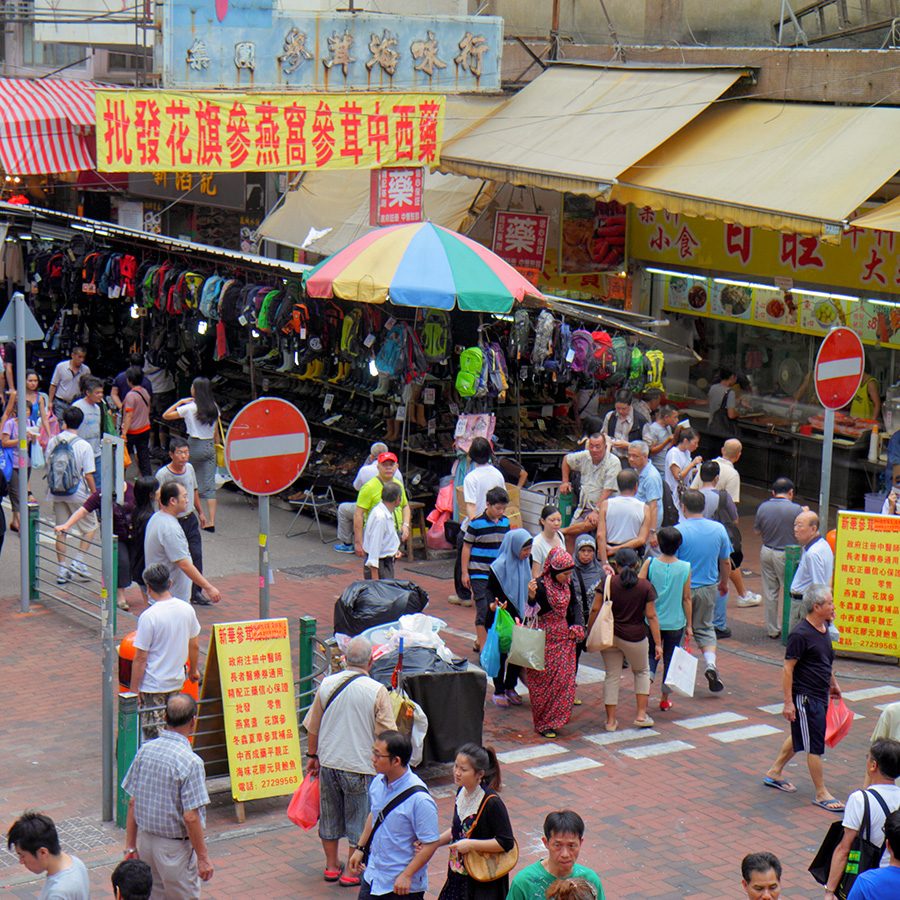
Credit: Jeff Greenberg/Getty Images
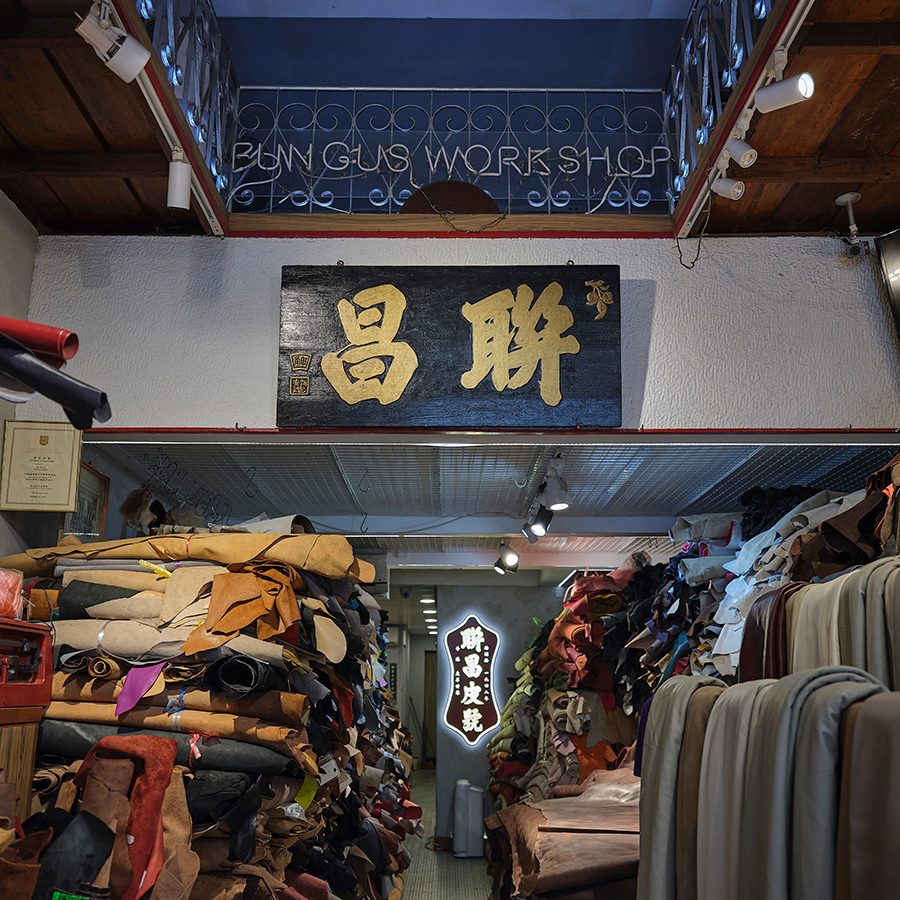
Credit: Eliud Kwan
The postwar boom
Sham Shui Po, which means Deep Water Pier in Cantonese, originally comprised a few fishing villages on the shores of Victoria Harbour. It became an industrial and trading hub after the UK leased the New Territories in 1898, and a grid of streets was laid out to accommodate the growing number of workshops, factories and tenements. After World War II, a surge of immigration from the Chinese Mainland further fuelled the industrial growth.
At the same time, the neighbourhood’s shops drew people from far and wide. Electronics, antiques, fabric, buttons, leather, toys – you could find it all in Sham Shui Po. And you still can. Every day, the market streets heave with people looking for the perfect circuit board, an affordable pair of shoes or a yard of colourful fabric.
One of the businesses that opened in the postwar era is Luen Cheong Leather Co. , which has been in operation since 1948. Inside, you’ll find racks of hides, ready to be turned into handbags, wallets and other accessories. Luen Cheong has also begun hosting leathercraft workshops, giving people insight into a trade that has been a fixture of the neighbourhood for decades.
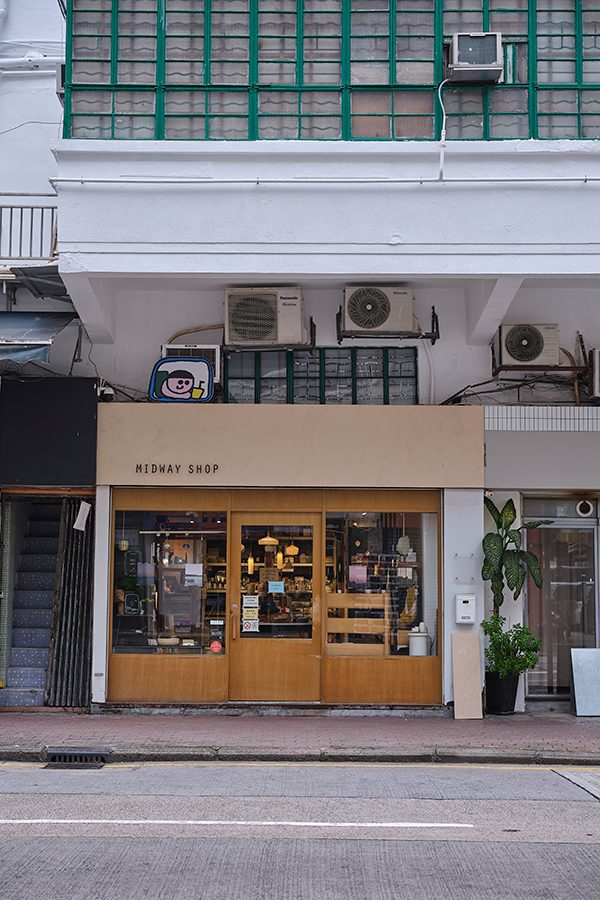
Credit: Eliud Kwan
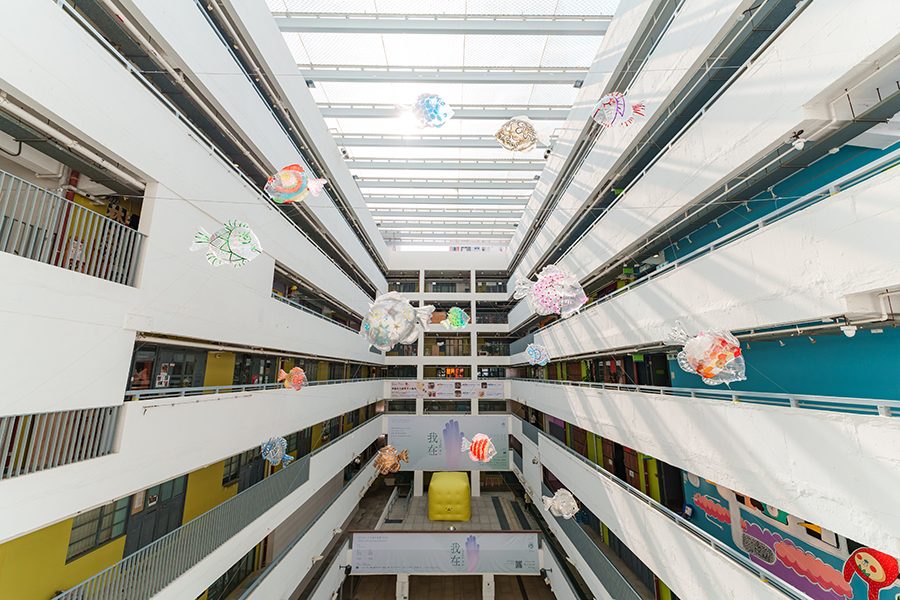
Credit: Jockey Club Creative Arts Centre
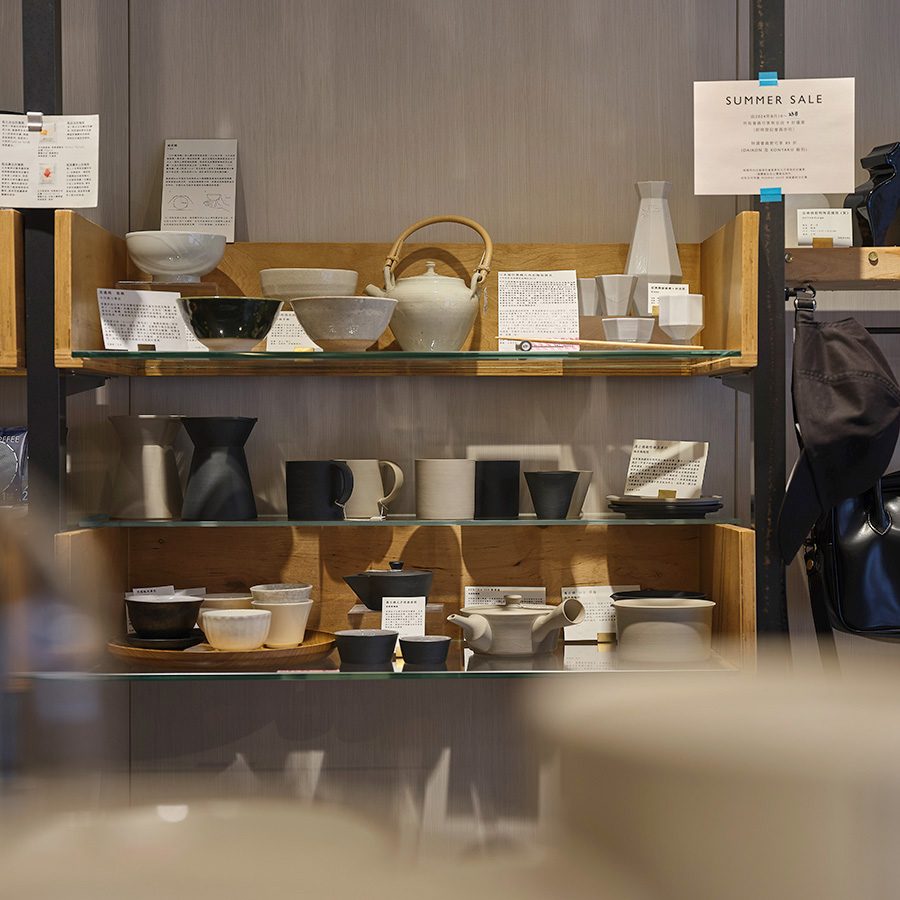
Credit: Eliud Kwan
A vibrant cultural hub: Sham Shui Po arts
Lately, longstanding establishments have been joined by a new wave of creative institutions and businesses. The trend started around 2008, when a factory building in Shek Kip Mei – one of the former shantytowns above Sham Shui Po – was converted into the Jockey Club Creative Arts Centre , a cluster of art studios and galleries with a theatre, tea house and coffee shop.
There have been more grassroots efforts, too. Patricia Choi’s grandfather was a Sham Shui Po tailor who eventually bought most of the units in a Lai Chi Kok Road building. When he passed away, she took over its management and began converting the empty spaces into a hostel called Wontonmeen . There’s also a space filled with vintage Hong Kong memorabilia that plays host to live jazz.
A few blocks away, street art has brought new life to building facades. Huge, colourful murals from the 2016 HK Walls festival still adorn shop shutters. On Tai Nan Street, Spanish street artist Okuda has transformed a grey 11-storey building into a riotously multicoloured geometric bear.
It’s that new energy that drew travel journalist Rita Chan and her partner, Pan Tang, to the neighbourhood. “It used to be really weird to come here if you’re a tourist,” she says. But the out-of-the-way feel of Sham Shui Po’s old wholesale district – much quieter than the market district to the north – appealed to them, so they decided to open a ground-floor studio. The result is Midway , which doubles as a shop and workspace. Chan has curated a selection of handmade products she sourced during her travels. Many items come from Japan, but there are plenty of homegrown products, too, such as miniature sculptures of Brutalist architecture in Hong Kong – a collaboration between design research group Brutalism HK and concrete studio Moldflip.
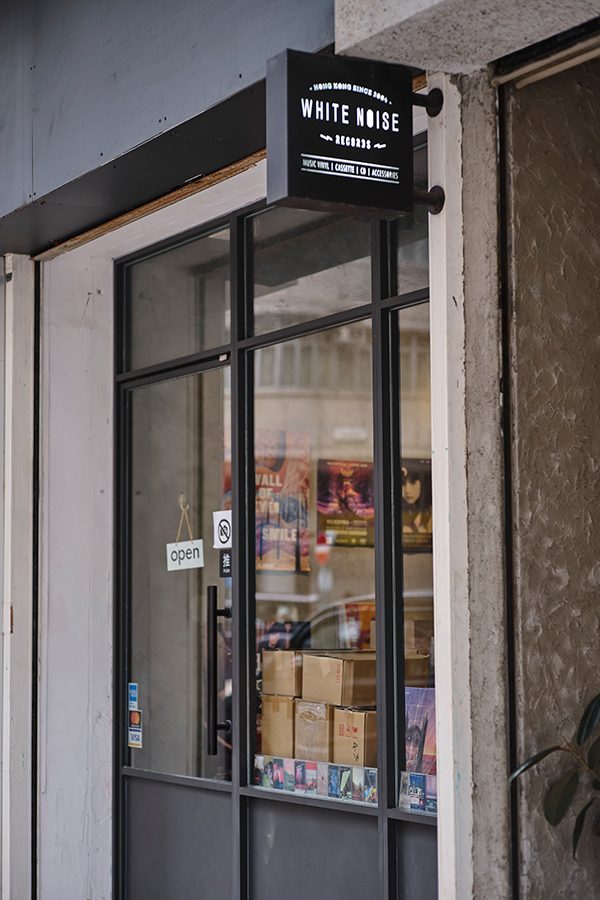
Credit: Eliud Kwan
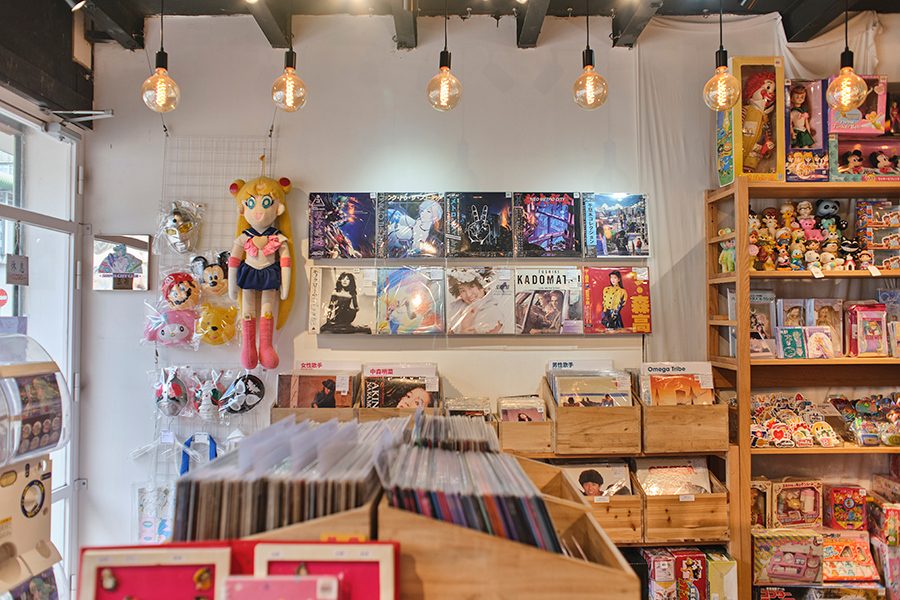
Credit: Eliud Kwan
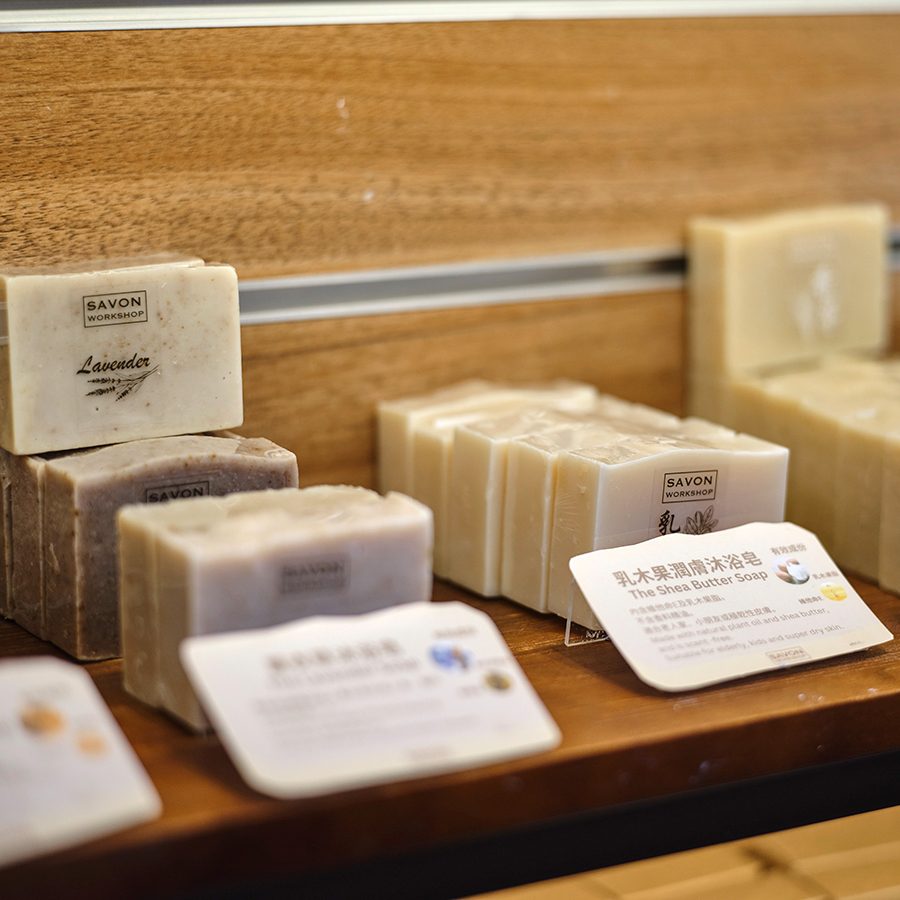
Credit: Eliud Kwan
Sham Shui Po is now home to a flourishing arts and crafts scene, with a variety of workshops hosted by local studios. Savon Workshop leads classes on soapmaking in addition to selling an array of handmade bar soaps, shampoos and skincare products packed with natural ingredients. Next door, Alri Star Leather Factory sells quality hides and runs leathercraft workshops, too.
Across the street is Parallel Space , an independent art gallery that opened in 2018. The venue stages regular exhibitions featuring Hong Kong artists, including presentations of Dallas Lee’s otherworldly paintings and Deacon Lui’s photo diaries. Two streets away is Thy Lab , which hosts art exhibitions as well as film screenings and performances.
People also flock to Sham Shui Po to shop for vinyl records. White Noise Records features a diverse selection of alternative and independent music. Nearby, Showa City Club specialises in Japanese albums from the 1970s and 1980s, along with vintage toys and clothing. Then there’s Paul Au of Vinyl Hero, whose apartment is stacked floor-to-ceiling with tens of thousands of records spanning decades and genres.
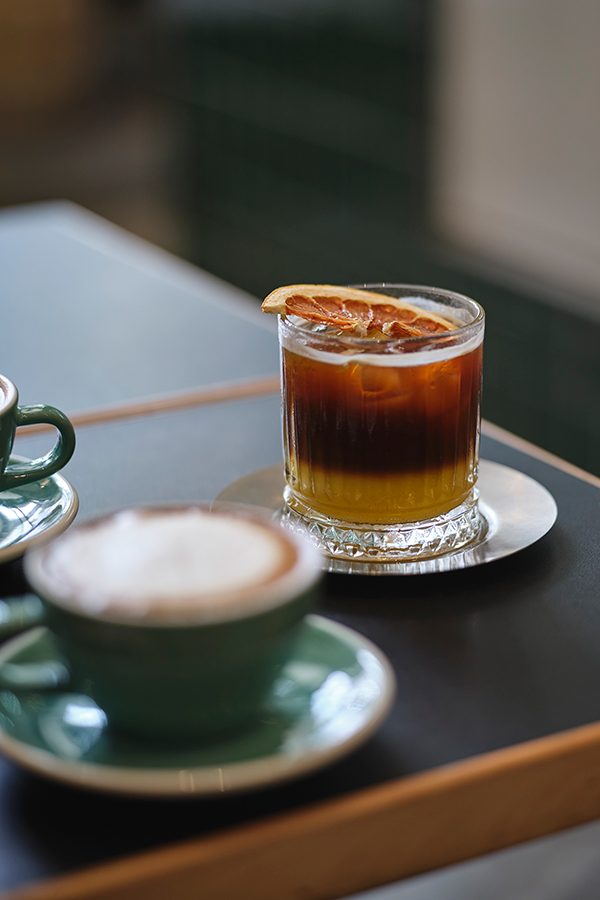
Credit: Eliud Kwan
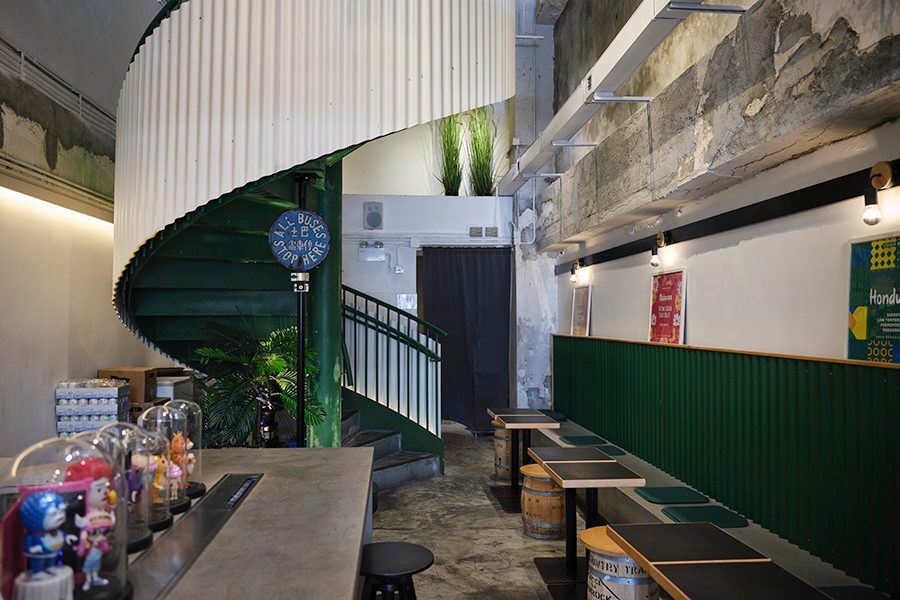
Credit: Eliud Kwan
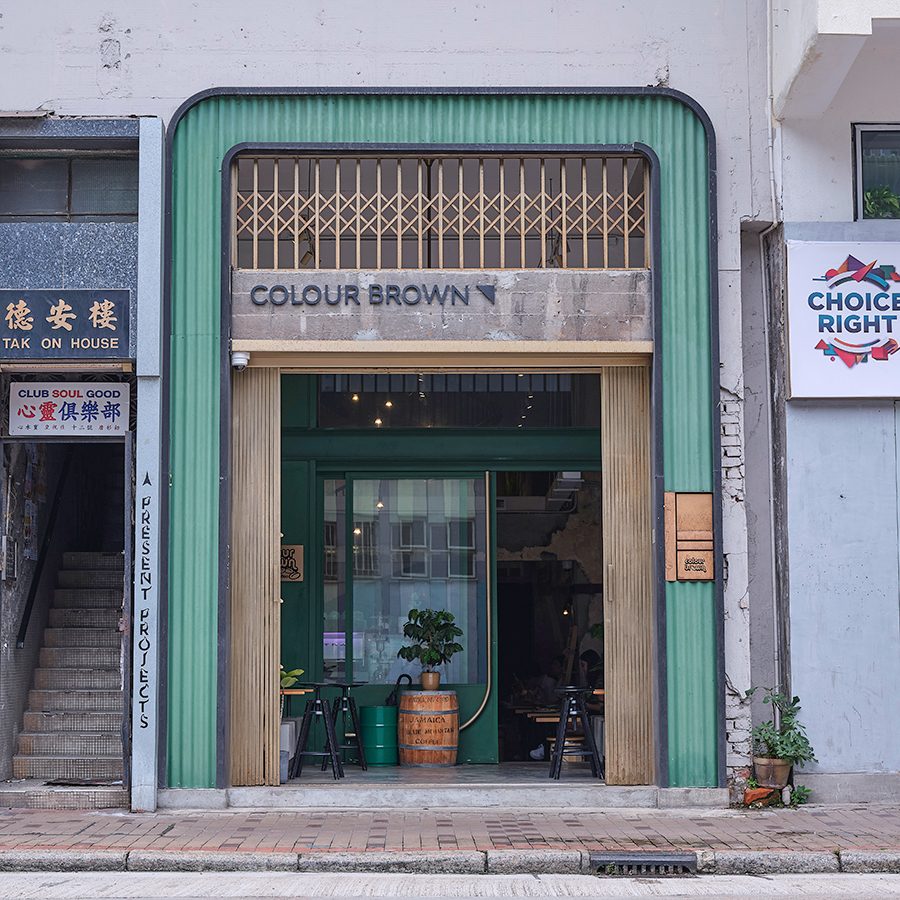
Credit: Eliud Kwan
Locally brewed: Sham Shui Po cafés and bars
In recent years, changes in the Chinese Mainland’s manufacturing sector have eliminated the need for many of Sham Shui Po’s middleman wholesalers, creating dozens of vacant spaces around the neighbourhood. This has drawn new enterprises like Colour Brown x GO.ON Space , where you can enjoy a coffee and browse the art on display.
A few minutes away at Bound , a pastel-hued café and bar well stocked with local craft beer and decorated with neon signs, members of Hong Kong’s small hip-hop community stage an impromptu rap battle in the back room. A few hours later, members of a local indie band pull up in a van and head inside for a drink.
Bound is one of the reasons local illustrator Jason Li finds himself going to Sham Shui Po more and more these days. When he isn’t making woodcut prints in his workshop, he’s watching the scene at Bound.
“It seems like Sham Shui Po is in a good spot right now,” he says. Given how quickly Hong Kong changes, it’s hard to say what the neighbourhood will look in a few years’ time. But it will always retain its spirit.
This story was originally published in September 2018 and updated in November 2024.
More inspiration
Hong Kong travel information
- China – the Chinese Mainland, Hong Kong SAR, Macao SAR and Taiwan Region
- Hong Kong SAR - English
- Chinese Mainland (China) - English
- Taiwan, China - English
- 香港特別行政區 - 繁體中文
- 中国內地 - 简体中文
- 中國台灣 - 繁體中文
- Africa
- South Africa - English
- Asia
- Bangladesh - English
- Korea - English
- Singapore - English
- Cambodia - English
- 한국 - 한국어
- Sri Lanka - English
- India - English
- Malaysia - English
- Thailand - English
- Indonesia - English
- Maldives - English
- ประเทศไทย - ภาษาไทย
- Indonesia - Bahasa Indonesia
- Myanmar - English
- Vietnam - English
- Japan - English
- Nepal - English
- Việt Nam - tiếng Việt
- 日本 - 日本語
- Philippines - English
- Australasia
- Australia - English
- New Zealand - English